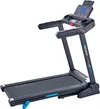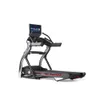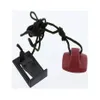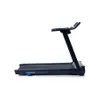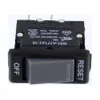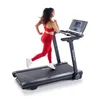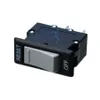What is Zone 2 training?
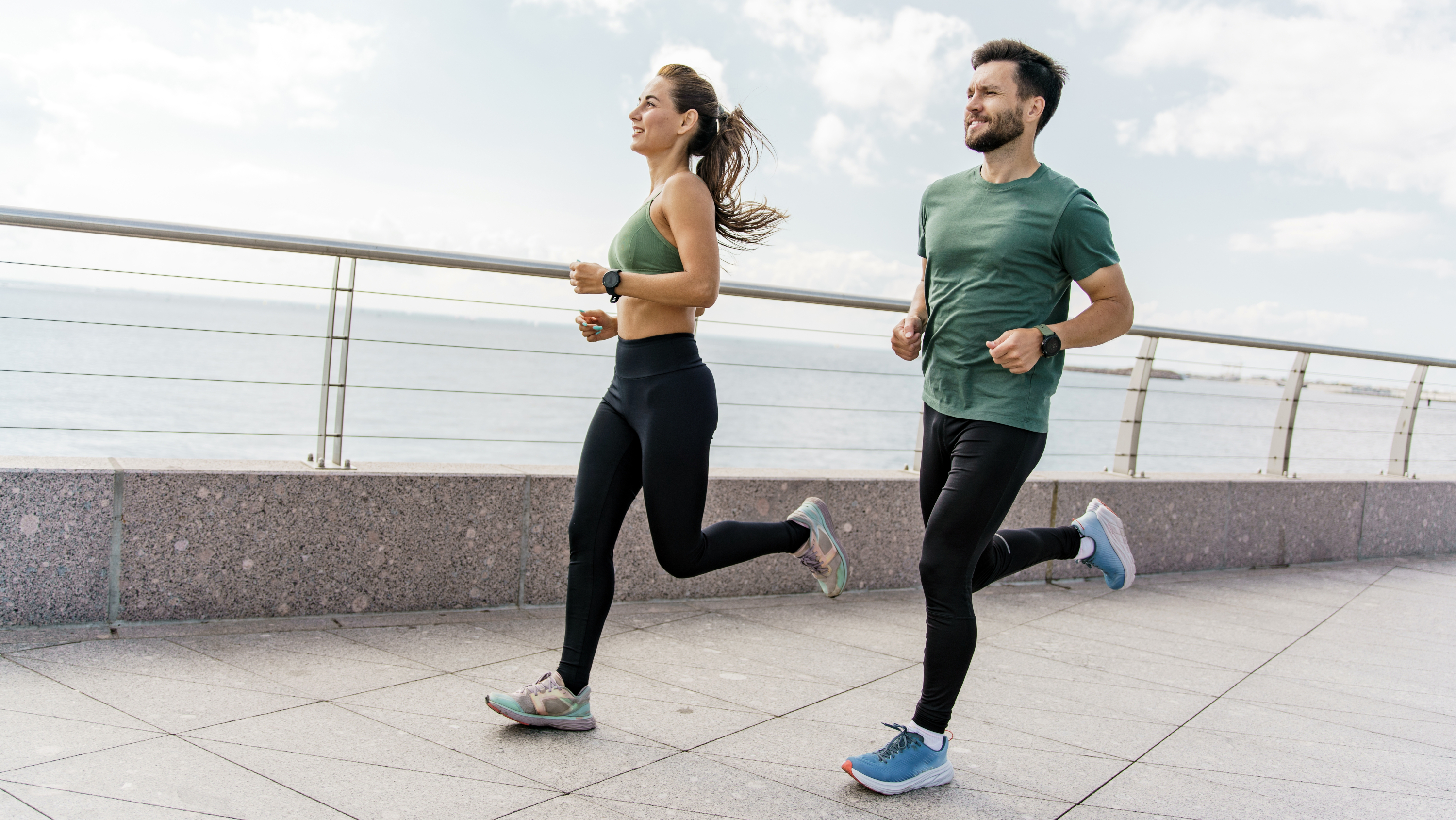
You may have heard people toot about Zone 2 training and its effectiveness as a training method, but perhaps you find yourself wondering: what exactly is it all about? Can you truly get fitter from less intense exercise? Can you use one of the best fitness trackers to identify your training zones? We are here to debunk this all for you.
Zone 2 training, also known as aerobic base training, is not just another fitness fad, it's a scientifically proven method utilized by athletes and fitness enthusiasts alike to enhance cardiovascular fitness and endurance. For example, one study published in the Healthcare journal demonstrates how a group of cross-country ski athletes improved their athletic performance by taking up zone two training. But it’s not limited to skiing, it's a popular training method used frequently in endurance sports like running, cycling and swimming.
So we spoke to endurance runner and running coach, Helen Gaunt to find out more. Keep reading to find out if your workouts are missing out on Zone 2 training.
What is Zone 2 training?
Gaunt told us, “Essentially, Zone 2 training is cardio exercise at a slow or easy steady pace and is used to build your aerobic capacity.”
This training zone typically corresponds to a moderate intensity level where your heart rate is elevated, but you can still maintain a conversation without feeling notably breathless.
The specific heart rate range for Zone 2 training varies depending on individual fitness levels, but it generally falls between 60% and 75% of your maximum heart rate. Many of the best running watches and fitness trackers will identify your individual heart rate zones, which will be of use if you intend on training in Zone 2.
Zone 2 training sessions are characterized by longer durations at a steady pace, often lasting anywhere from 45 minutes to several hours, depending on your fitness goals and event distances.
Get instant access to breaking news, the hottest reviews, great deals and helpful tips.
If you feel like you’ve hit a lull in your training for an endurance event, such as marathon training, then it could be that you’re running your easy miles too fast.

What are the benefits of Zone 2 training?
These workouts help build a strong aerobic foundation, which is essential for improving performance in endurance events and can also aid in recovery between more intense training sessions.
"Going slowly lets your body use fats as fuel,” says Gaunt, “and training your body to do so helps with your stamina in endurance events.”
“You also build up your slow twitch muscle fibers, also known as type one muscle fibers. Type one muscle fibers have the highest mitochondrial density and capacity and therefore are very efficient at utilizing fat for energy purposes.”
Gaunt explains that by regularly incorporating aerobic workouts into your training routine, you stimulate mitochondrial growth and function, which will improve the ability to utilize fat as a fuel source and improve overall aerobic capacity.
How to try Zone 2 training
To try out Zone 2 training, Gaunt recommends picking a cardio activity such as running, cycling or swimming and aim to do it at an easy pace within the Zone 2 range for at least 20-30 minutes to get the full effect.
Wearing a fitness tracker that tracks your heart rate will help with this but you should also be able to tell by how hard you are finding the workout. Keeping things at a conversational pace is a good benchmark when you get started with Zone 2 training.
If you want to take things further with zone training and implement it into your training long-term, Gaunt suggests introducing a macrocycle. "This should include three to four days a week of Zone 2 training in the first two to three months of pre-season training. This will be followed by two to three days a week as the season gets closer and two days per week of maintenance once the season begins and training switches to more specific zone 3-5 work."
She encourages people to use a fitness tracker to monitor their heart rate (HR) and use this as a guide on the zones. "Everyone’s HR range differs slightly, your watch will help you to identify your zones."
More from Tom's Guide
- How to use Heart Rate Zones on your Apple Watch
- 5 metrics you should care about on your running watch
- 7 ways to become a better treadmill runner

Jessica has been a fitness writer at Tom’s Guide since 2023, bringing three years of experience writing about health, fitness, and the great outdoors. Her passion for exercise began during her childhood, where she spent weekends hiking and competing in local athletics club events. After earning a master’s degree in journalism from Cardiff University, Jessica found the perfect way to combine her love of storytelling and fitness into a career.
Jessica is passionate about testing fitness gear and tech, using her reviews to help readers make informed buying decisions. She ran her first marathon in April 2024, finishing it in 3 hours and 48 minutes. Through her training, she’s developed a deep understanding of what it takes to grow as a runner, from effective workouts and recovery techniques to selecting the right gear for every challenge.
When she’s not at her desk, Jessica enjoys spending time in the kitchen crafting new recipes, braving cold water swims and hiking.
